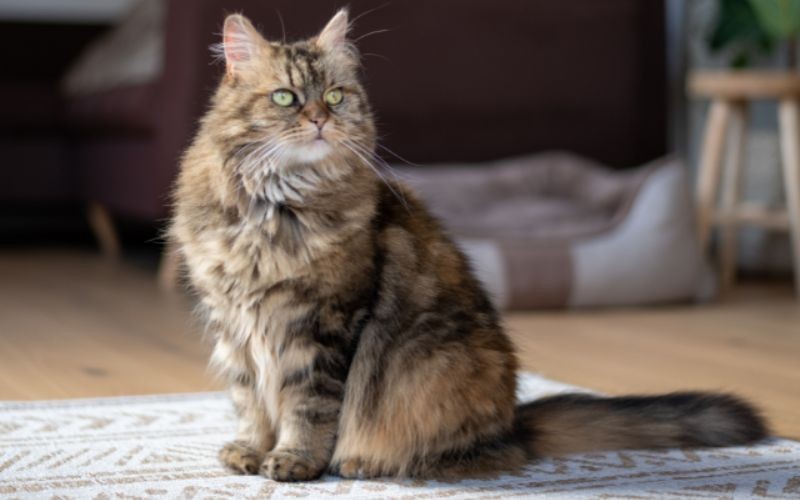
Managing Hairballs in Cats: Tips and Tricks
Are you a cat parent struggling with hairballs? Learn how to prevent and manage hairballs in cats with these tips.Find out what causes them and how to alleviate your cat’s discomfort. Read the article below to find out how to manage hairballs in cats.
What are hairballs and why do they form?
It is well-known that cats are self-cleaning animals and spend 25% of their awake time grooming. But their thorough daily hygiene can cause a series of problems related to the ingestion of their own hair.
In fact, by licking its coat, the cat ingests part of its hair that remains on its tongue. In most cases, these hairs are eliminated naturally without any problems to the digestive system. In other cases, however, they remain in the stomach and create the so-called “hairballs”. This can cause discomfort and even lead to health issues if not addressed.
Symptoms of hairballs
If your cat is experiencing hairball formation, you may notice the following symptoms:
- Vomiting, gagging, retching (with no hairball production)
- Lack of appetite
- Lethargy
- Constipation
- Diarrhea
Preventing and Managing Hairballs
Cats with long and semi-long hair (such as the Persian and Maine Coon) are more prone to this type of issue, as are those who groom themselves very frequently.
To help prevent hairballs, regular grooming can be beneficial.
Brushing your cat’s coat regularly can help remove loose fur and reduce the amount they ingest.
Moreover, feeding your cat a high-quality diet can help prevent hairball formation.
The Farmina Solution for the management of hairballs
Farmina’s N&D Quinoa Hairball functional diet is specifically designed to promote the expulsion of hairballs. It’s made with high-quality ingredients and enriched with fibers that aid in digestion.
Overall, the use of quinoa in the N&D Quinoa Hairball functional diet adds an additional layer of nutritional support to the food, making it an excellent choice for cat parents looking for a high-quality food that can help prevent and manage hairballs in their feline friends.
What are the benefits of N&D Quinoa Hairball?
Below are the main key features of Farmina N&D Quinoa Hairball for cats:
- High Fiber Content: promotes the passage of hair from the stomach to the intestine
- Specific Fiber Blend: helping in fasting contractions and hair progression
- High protein content: made with 91% of protein from animal origin, helping to limit the accumulation of fat
If you are a pet parent of a long haired cat, or notice any of the symptoms associated with hairballs in your feline friend, remember that prevention is always key. As a first step, remember to always visit your trusted vet, to find out the best course of action for your pet.
For more information on the ideal food for your pet and the correct amount to feed, contact your Farmina Genius Consultant or download the FarminaGenius APP. Find out how at this link.

